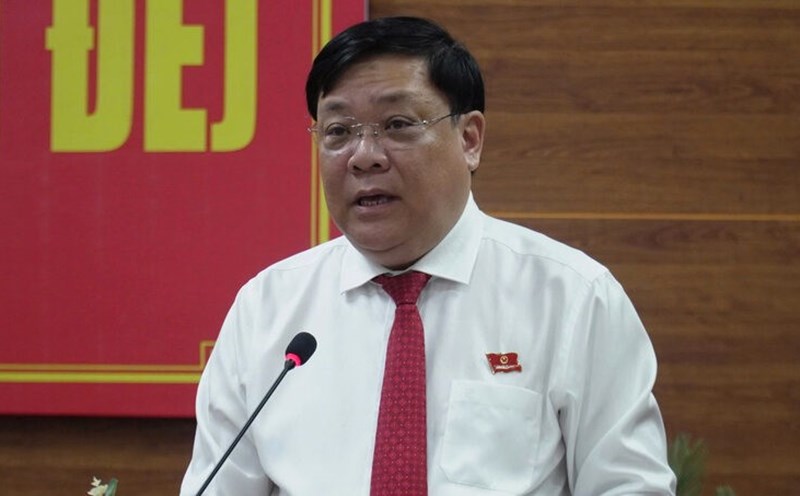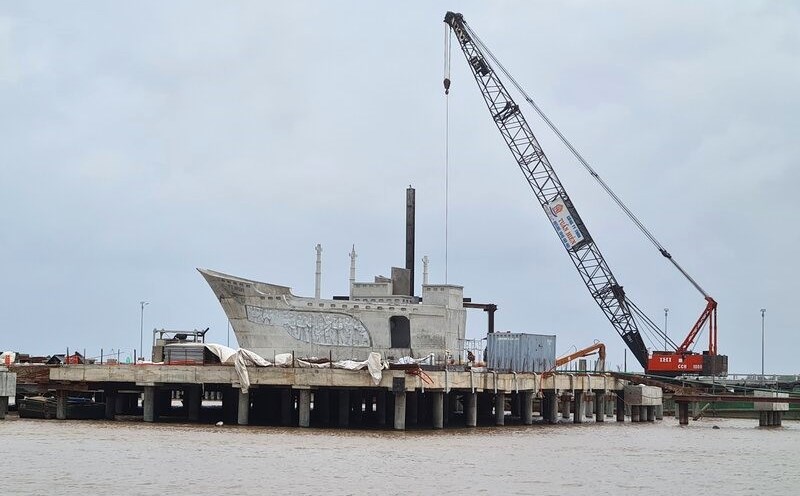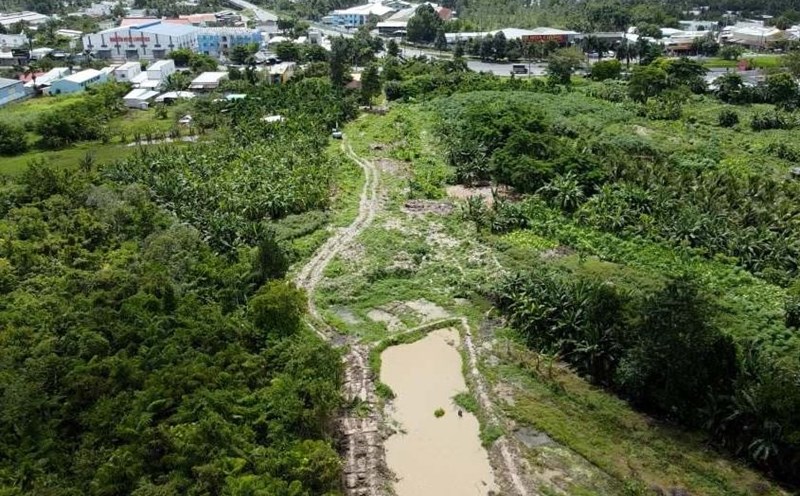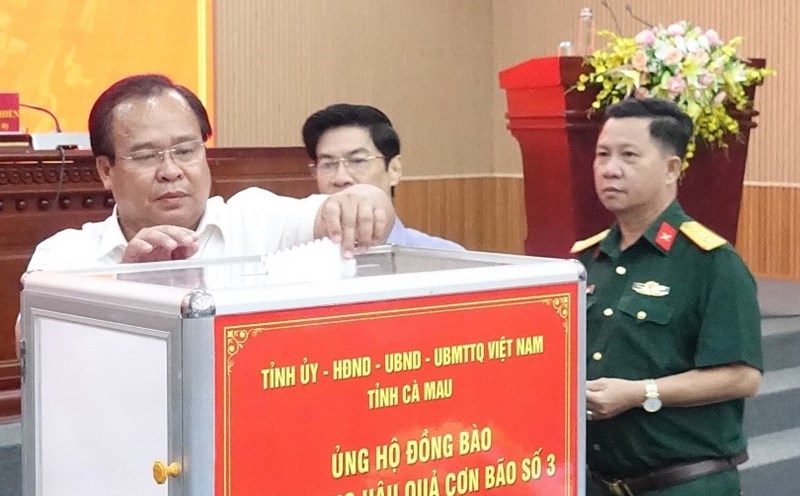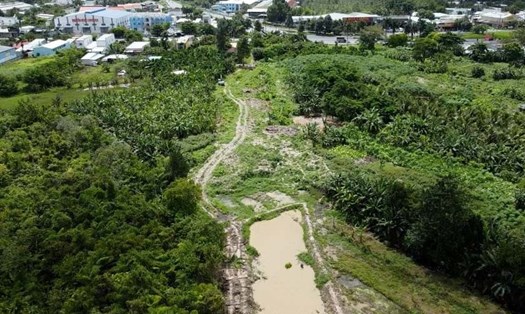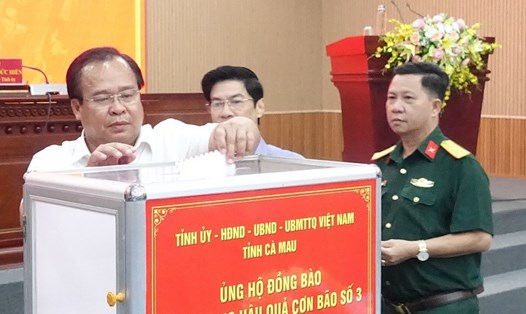Attending the workshop were leaders and former leaders of the Party and State.
Speaking at the conference, Party Central Committee member and Secretary of Ca Mau Provincial Party Committee Nguyen Tien Hai said that this was an important conference; the event of 200 days and nights of regrouping to the North in Ca Mau was a big event of great significance.
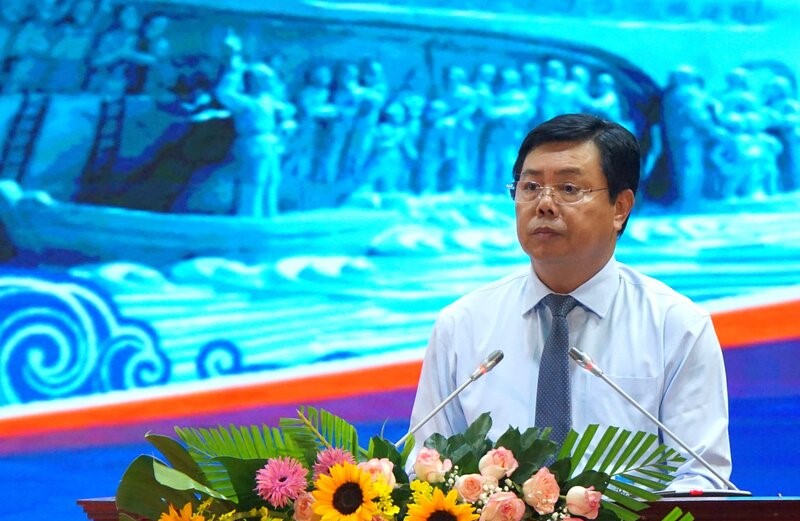
The discussion at the conference once again affirmed that regrouping to the North was a major policy with many important meanings.
Implementing the terms of the Geneva Agreement, Vietnam carried out a troop transfer to the North from October 6, 1954 to February 10, 1955 at 3 locations: 80-day assembly area in Ham Tan, Binh Thuan, Xuyen Moc, Ba Ria Vung Tau; 100-day assembly area in Cao Lanh, Dong Thap Muoi, Long Chau Sa province, now Dong Thap province; 200-day assembly area in Ca Mau.
Within just one month, the assembled forces marched safely to the assembly areas as prescribed, with the local people seeing them off with fond farewells. From August 26, 1954, transport ships began to transport the assembled cadres and soldiers from the South to the North. On September 25, 1954, the first troop transfer group in the Ham Tan - Xuyen Moc area arrived at Sam Son, Thanh Hoa.
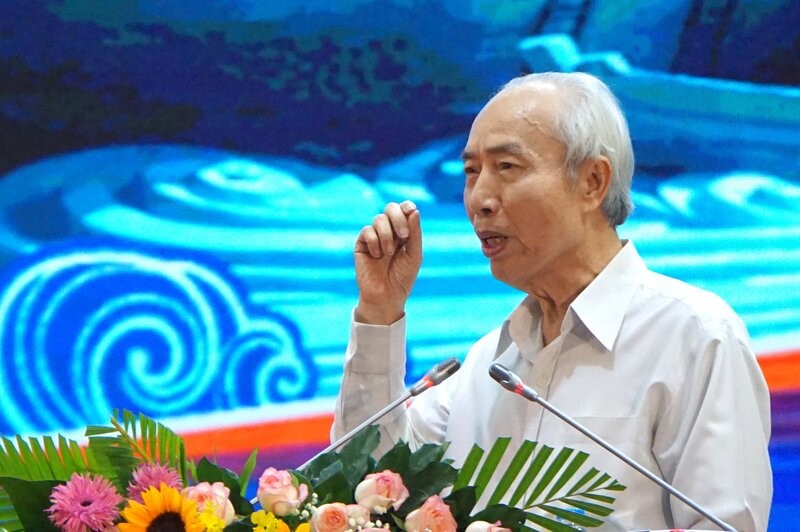
The assembly point in Ca Mau lasted for 200 days (from July 21, 1954 to February 10, 1955). The center of the assembly area was the Chac Bang canal (connecting the Trem River junction, Thoi Binh town to the Cai Lon River junction, Vinh Thuan district, Kien Giang province). This was the assembly point for armed forces from Can Tho, Soc Trang, Bac Lieu, Long Chau Ha provinces and Vietnamese volunteers in Cambodia. During those 200 days, the assembly area was built with many activities such as granting land, instructing on changing farming practices, production techniques, eating, traveling, etc.
Mr. Nguyen Ngoc Tuy - Deputy Head of the Propaganda Department of Thanh Hoa Provincial Party Committee - brought to the workshop images of Thanh Hoa people welcoming compatriots, soldiers, and people from the South to the North with the spirit of being ready to receive and arrange work, study, and production. Thanh Hoa mobilized small boats to welcome compatriots from the South from large ships at Sam Son estuary. People brought compatriots into their houses to temporarily stay together.

Mr. Duong Thanh Toan, a cadre who had regrouped in the North, said with emotion: "I thought I would return after 2 years, but I didn't expect that the country would be unified until 1975. I still owe a lot to the people in the North because at that time I had no parents, relatives, or money when I went to the North. Thanks to my comrades, I was able to get a wife. Therefore, I always try to work twice as hard to contribute my small part to the country."
Poet Nguyen Ba - former officer of the Arts Subcommittee, Propaganda Department of the Southwest Region - recounted the feelings of the people towards the cadres and soldiers during the days of regrouping. The people's strength and heart protected, sheltered and cared for the cadres and soldiers.
Deputy Secretary of Ca Mau Provincial Party Committee Nguyen Duc Hien assessed that the workshop once again affirmed the correct policy of our Party when deciding to regroup in the North. The event happened 70 years ago but has great historical significance - that is the love between people and soldiers; the love between North and South; the solidarity of the whole people in the resistance war as well as in nation building...
In total, the whole South had a total of 53,253 people going to the assembly area, including: soldiers: 35,059 people; civil - political - party cadres: 3,900 people; civil servants: 518 people; workers: 4,450 people; war invalids: 1,921 people; returned prisoners: 233 people; commune cadres: 72 people; students: 3,934 people; families (military, cadres, repatriated people): 1,503 people; other groups: 1,057 people.

